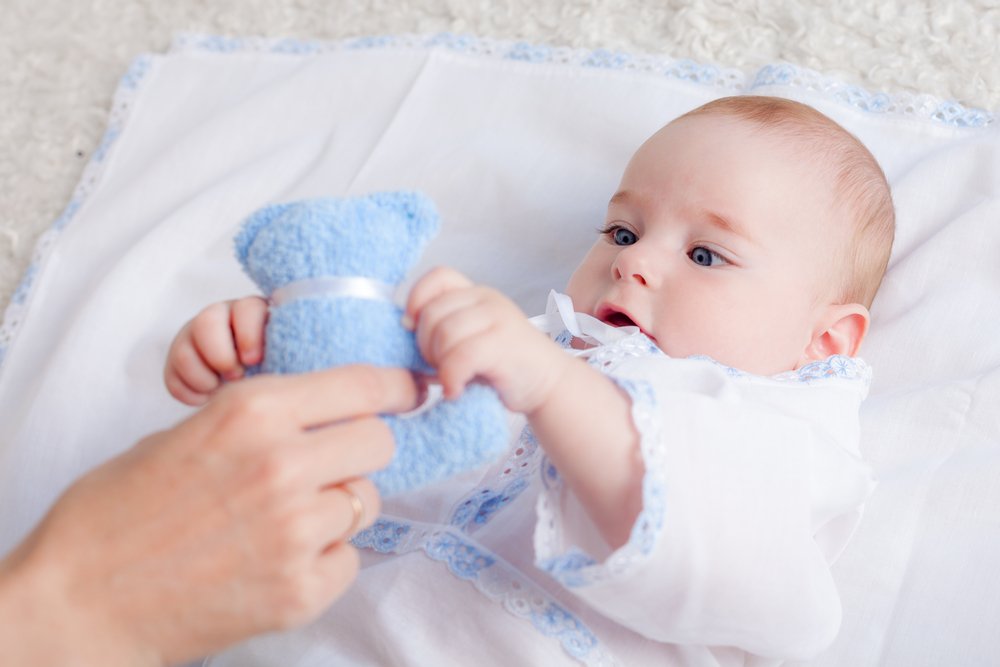Key points:
- Visual attention is a crucial skill for cognitive development and longer attention spans. It begins to develop during the first few months of life and can be stimulated through colorful toys and objects.
- At birth to three months, babies will start to have periods of alertness and focus on things in their environment. At three to four months, they will develop their peripheral vision and spatial awareness. Six to twelve months, they will start to choose what to pay attention to and what to ignore, which impacts their attention skills.
- Stimulating visual attention also helps strengthen the bond between caregiver and baby, and helps them feel safe enough to explore the world around them.
In our fast-paced environment, it keeps getting harder to accomplish longer attention spans. Kids at school or even us at our jobs have become more and more distracted.
Taking into account that the basic foundation for each one of your skills is built during the first years of life, now is a great time to understand the basis of attention and help your little one develop this skill further. First of all, it’s important to point out that your baby’s ability to concentrate on an object can only occur when their vision has matured. So, for now, we will address the ability of visual attention.
There’s a link between cognitive development and your baby’s visual attention. That’s why it’s important to keep track of the development of this skill. Research has shown that the duration of your baby’s focus on an object is related to an increase in cognitive functions. Longer attention spans will impact their future ability to concentrate.
A mini-timeline on your baby’s visual attention:
- Birth to three months: They will go from sleeping all the time to having periods of alertness and searching for things in their environment they can enjoy looking at. Decorate their room with bright colors and toys. Stay close to them, they will also want to pay attention to you.
- Three to four months: Your baby will combine alertness with their ability to visualize where objects are located. They’ll develop their peripheral vision and spatial awareness.
- Six to twelve months: They will pay attention to more interesting objects, which will impact their attention skills. They will stare at bright and squeaking toys. During this stage, they will start to choose what to pay attention to and what to ignore. Keep track of this, in order to place the more interesting objects next them. This will help them have longer periods of attention.
Why is it important to stimulate visual attention?
The development of visual attention and the accomplishment of choosing what to stare at, enables your child to actively explore, and ignore the distractions that are around them. This ability will continue to increase and play an important role on their cognitive functions.
Besides, at this point they rely on you for stimulation, so, by working on their visual attention, you’ll also spend quality time together, creating a stronger bond between you. This will impact their attention abilities later on. If you have a strong relationship, they will feel safe enough to explore the world around them.
To work this skill, you put a mobile over their crib for them to look at, play with your keys and jitter them in front of them, or move around bright toys so they can track them with their eyes. It will help them focus enough to explore their environment and gain new knowledge. Most importantly, remember to have fun together!








